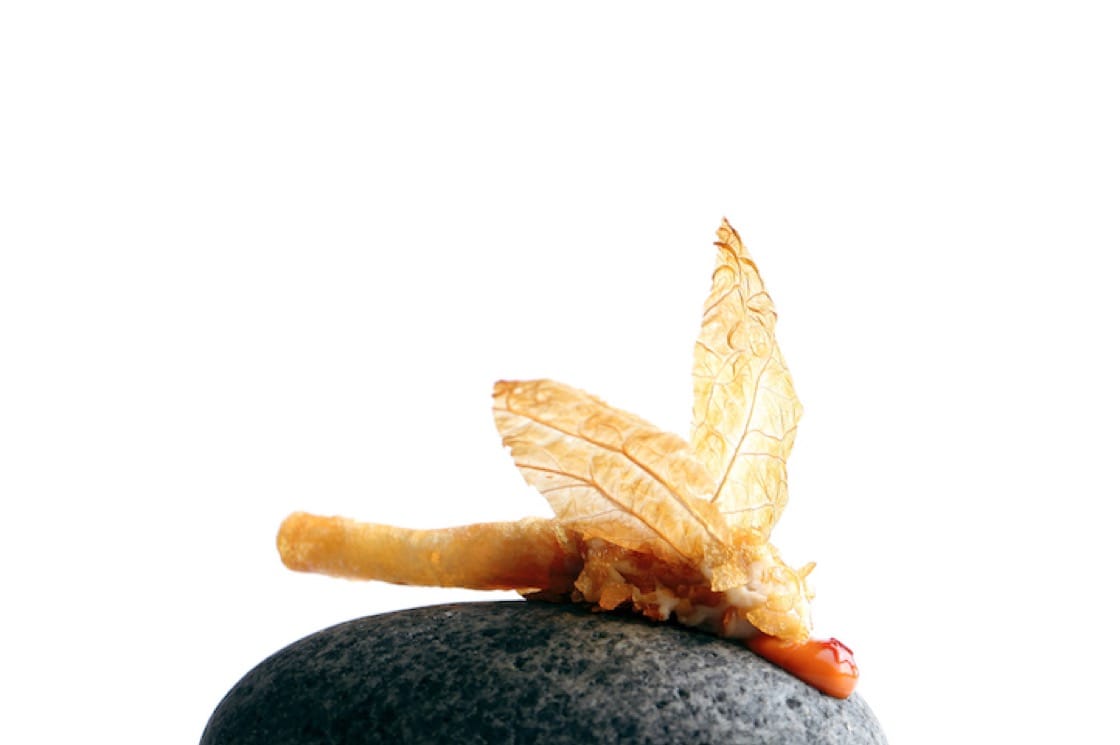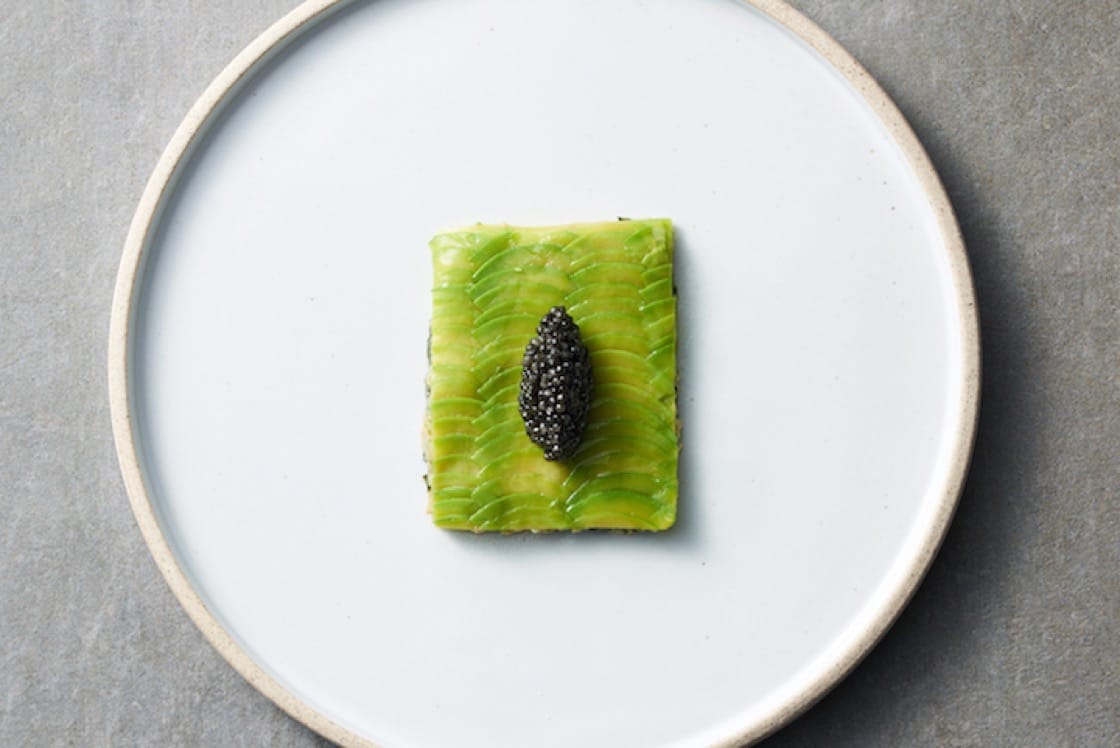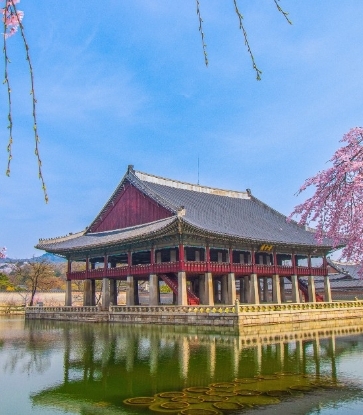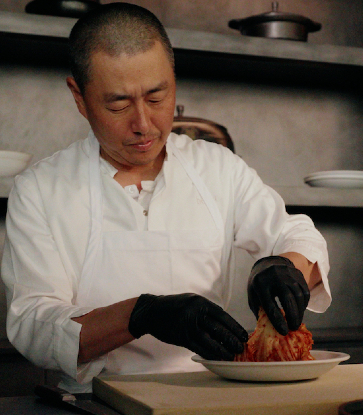While the three-Michelin-star echelon in Seoul has been solely occupied by two traditional Korean fine-dining restaurants, Gaon and La Yeon, in the last two years, it seems that the trend of chef-driven, contemporary Korean cuisine is fast gaining traction. One such restaurant is Jungsik, moving up the ranks from one star to two in the MICHELIN Guide Seoul 2018.

Having trained at the Culinary Institute of American in New York, chef Yim Jung-sik is oft-credited with introducing Korean cuisine to the world with his Seoul flagship and New York restaurants. Drawing inspiration from the familiar — kimbap, bibimbap, gujeolpan and bossam — the chef has a flair for creating the unexpected that is both evocative and authentic at the same time.
Over at Michelin Plate restaurant Ryunique in Seoul, dinner opens with a dragonfly — a delicate amuse bouche with gossamer wings of dehydrated kimchi leaves held to a potato stick body with a dab of chestnut puree and finished with a head made of chilli paste. It’s a moreish snack, distinctly Korean in its flavour profile yet contemporary in its execution and presentation.

Spotlight On Local Produce
A distinction of new Korean cuisine is its emphasis on locally sourced produce, showcasing the country’s terroir and seasonality. At Ryunique, Ryu uses sweet and succulent apple-fed pork from the Yesan region in South Korea and seasonal seafood caught off the shores of Seochon, where the warm and cold sea waters meet and the marine life congregates.
Yet, a challenge for chefs championing contemporary Korean cuisine in Seoul is changing perceptions of local produce. In a city where fine dining is relatively new, the price point is only justified by conventional imported luxury ingredients like truffle or foie gras.
While the shorter mileage makes for fresher ingredients that showcase seasonality, Ryu acknowledges that using local produce is as expensive, if not more, than imported luxury products. “If people have to pay a high price for an ingredient, they’re still likely to choose something like truffle.”

Delving Into The Past To Create The Future
At chef Lee Jun’s one-Michelin-starred Soigne, local ingredients take on starring roles in his episodic menus which reflect his culinary influences. “I’d say my cooking roots are in the States, because that’s where I studied, but my branches are Korean, and my leaves are Italian and French.” For him, contemporary Korean cuisine is a natural extension of himself. “For me, I don’t necessarily try to modernise Korean food, but I’m a human living in the modern era. Everything I do is naturally modernised,” he says.
Lee is a strong proponent that food is a product of culture, and while it is imperative to respect tradition, simple preservation is not the only way to do so. “It’s important to reinvent. Just like a car company; cooks try to save heritage and respect core philosophies, while also adding technology and cooler designs. One doesn’t have to love the past — we can pick the parts we want from it and make something better.”

At Soigne, he cooks the deodeok root low and slow, and then caramelises it with hand-churned sage butter and sunflower seed powder, breathing new life into an ancient ingredient.
“There is a saying in Korean, on go ji sin, which means that the new can save the old,” says Ryu, a notion that that is echoed by Yim as well. “Korean food already has a distinct character,” says Yim. “[Modernising it] is a way of creating new culture and giving more choice to the consumer.”























